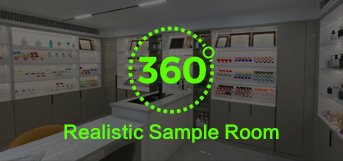Kev Tiv Thaiv Cov Ntaub Ntawv
Txhawm rau ua raws li cov cai tiv thaiv cov ntaub ntawv, peb thov kom koj saib xyuas cov ntsiab lus tseem ceeb hauv qhov popup. Txhawm rau txuas ntxiv siv peb lub vev xaib, koj yuav tsum nias 'Accept & Kaw'. Koj tuaj yeem nyeem ntxiv txog peb txoj cai ntiag tug. Peb sau koj qhov kev pom zoo thiab koj tuaj yeem xaiv tawm los ntawm kev mus rau peb txoj cai ntiag tug thiab nyem rau ntawm widget.











